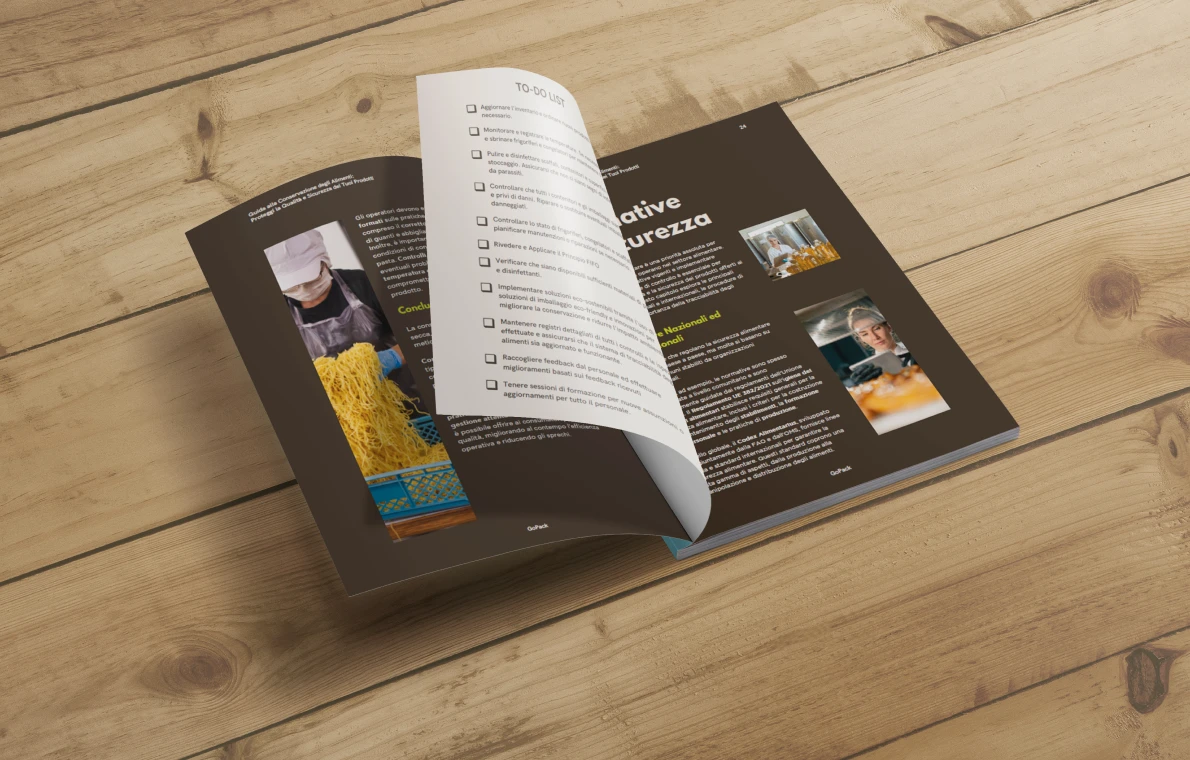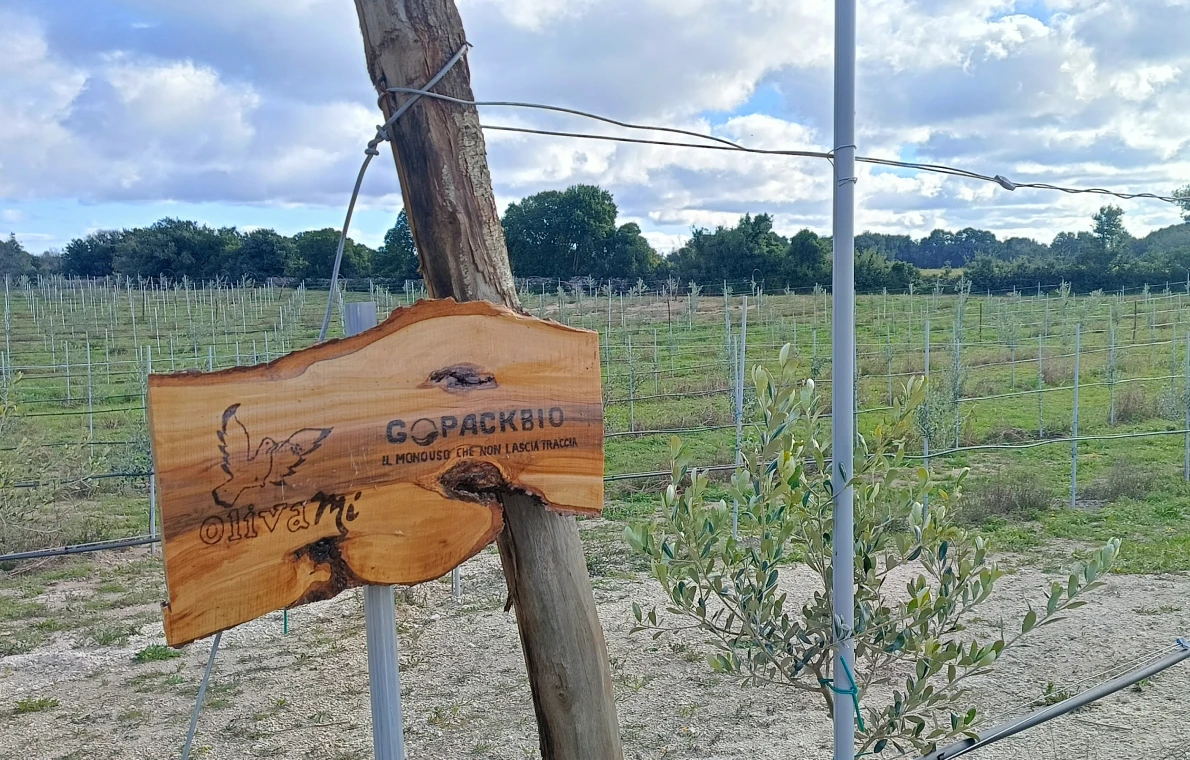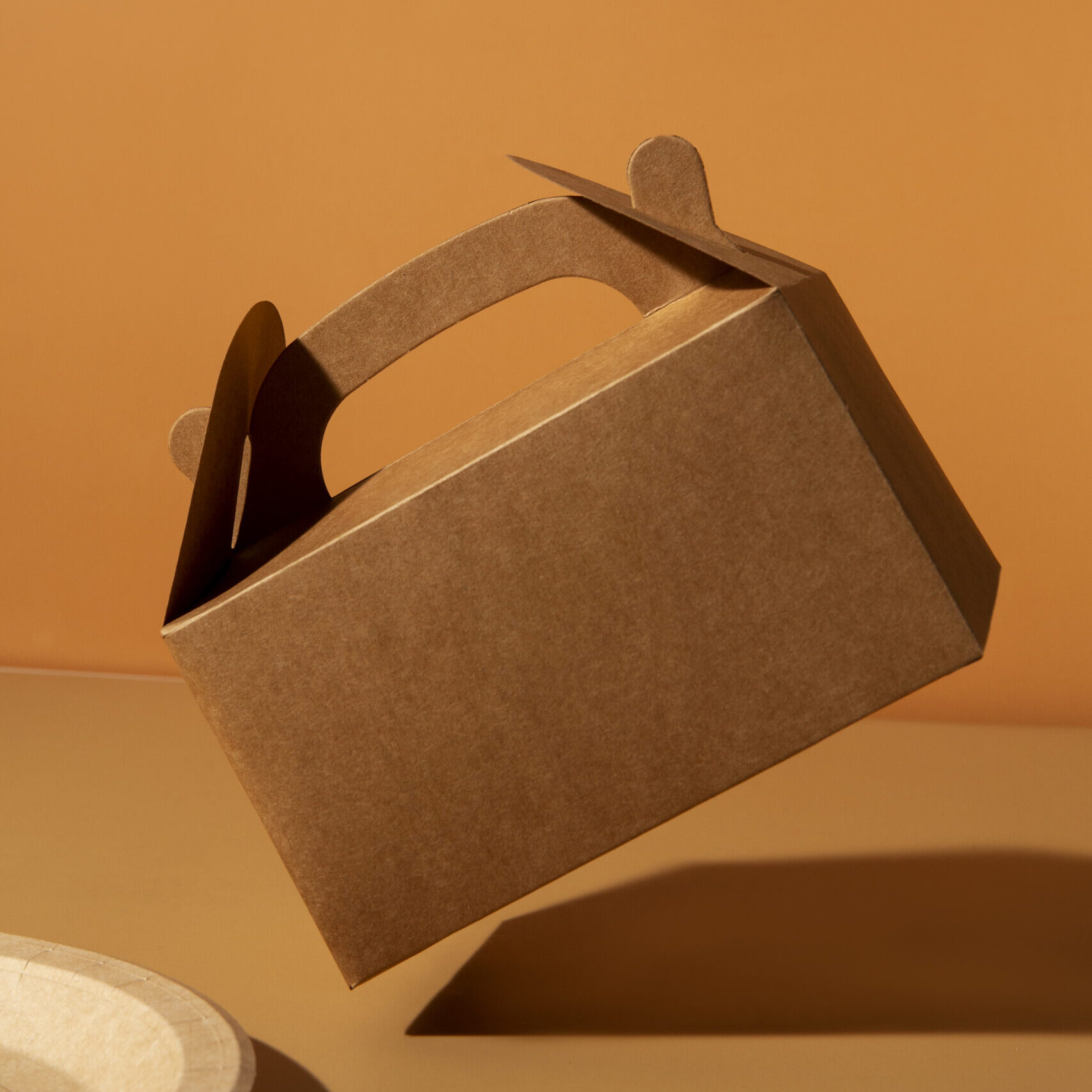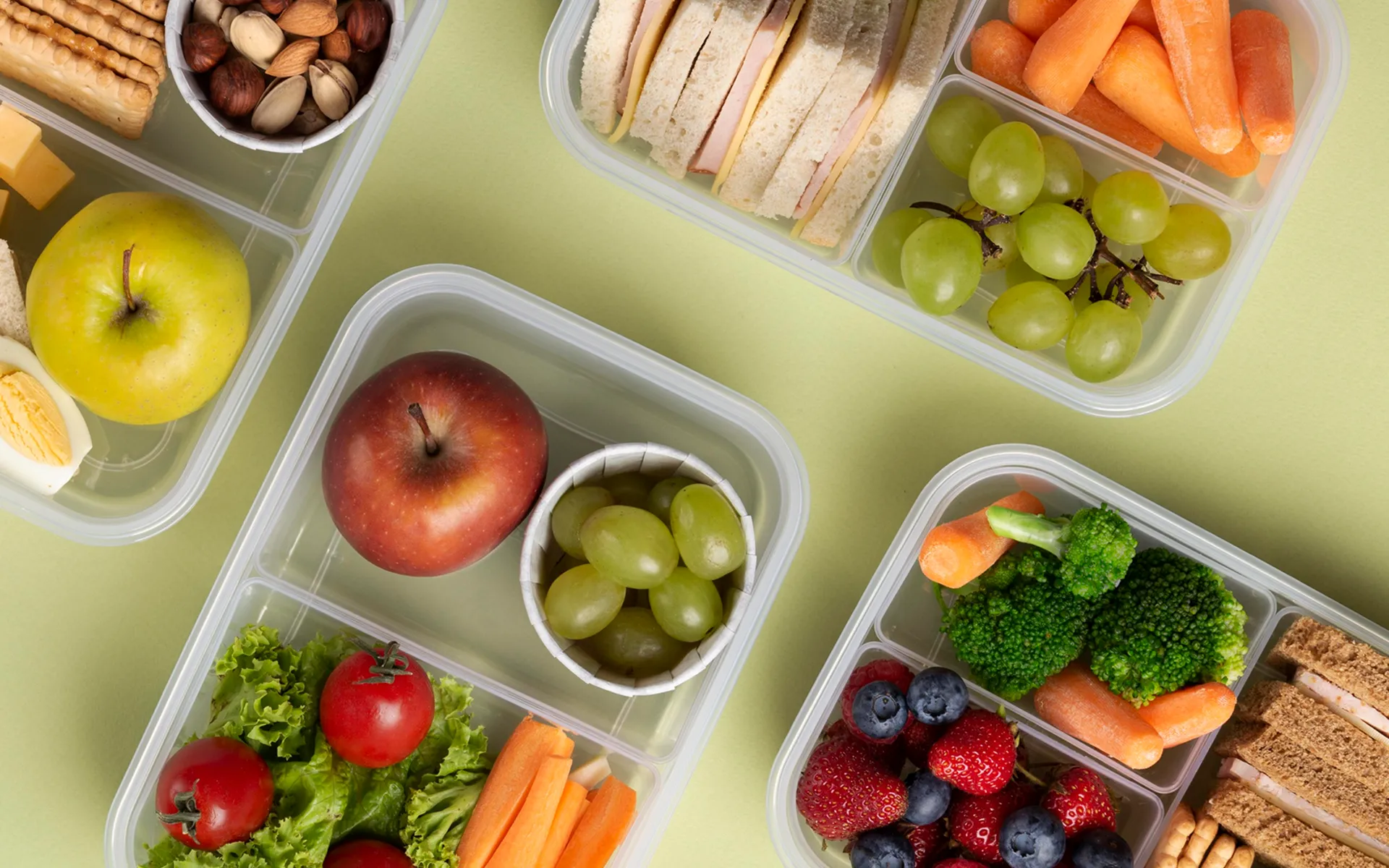Guide to the proper food preservation
A proper food preservation is essential to prevent alteration or deterioration, which changes the texture and appearance of foods and beverages. For this reason, GoPack offers a complete guide, designed to offer practical guidelines with the aim of optimizing the quality, durability and safety of your food products.
The guide, aimed mainly at business owner in the field HO.RE.CA and GDO, provides traditional and innovative methods adapted to the specific needs of different food sectors.
The foundations of preservation
To prevent the growth of moulds and bacteria in food or to slow down their spread, there are various methods for preserving food, from more traditional to more modern:
Refrigeration: used to slow down microbial growth and chemical reactions. Ideal for short-term storage of fresh products.
Freezing: allows food to be preserved for a long time, almost completely blocking microbial growth and enzymatic reactions. Commonly used for meat, fish and prepared products.
Vacuum storage: by removing air, the oxidation is reduced and growth of aerobic microorganisms is slowed down.
Freeze-drying: consists in the process of removing water from food by sublimation. Ideal for long-term storage.
Dry storage: includes smoking, salting and drying, all recommended methods for dried meat, fish and spices.
General guidelines
To ensure an optimal preservation, it is essential to follow some general guidelines:
Optimal temperatures: keeping food at recommended temperatures is crucial.
Moisture: controlling moisture is crucial to prevent mold growth and food dehydration.
Lighting: the light can cause the breakdown of some vitamins and the formation of some unwanted compounds. For this reason, it is advisable to store food away from direct light.
Labelling: use water and cold resistant labels to write information such as the date of preparation, expiry date and preservation instructions.
Hygiene: keep storage rooms clean to prevent contamination and infestation.
Innovations and technologies
Technological innovations are playing an increasingly important role in food preservation for the HO.RE.CA and GDO sectors.
Among the most effective solutions in HO.RE.CA sectors we find:
Industrial refrigerators: designed for an intensive use and to keep the temperatures constant, even during periods of frequent door opening.
Blast chillers: used to quickly cool the cooked foods and for reducing the risk of bacterial growth.
Digital monitoring systems: useful for keeping track of temperatures in real time and receive notifications in case of anomalies.
In the GDO sector, one of the biggest technological innovations for food preservation is the use of IoT sensors (Internet of Things) that allow a more precise monitoring of environmental conditions, Improving the ability to maintain the cold chain and respond quickly to any problems.
The future of food preservation
The food preservation is an evolving field, thanks to new technologies and scientific advances that are transforming traditional practices. These innovations not only improve food quality and safety, but also help make processes more sustainable.
The smart packaging is one of the most promising technologies. This type of packaging uses sensors and indicators that monitor the quality of food in real time. Another significant innovation is the blockchain technology for food traceability. The blockchain creates an immutable digital ledger that documents every step of the supply chain, improving transparency and trust between consumers and manufacturers.
The next steps with GoPack
Implementing these practices can radically change the way you preserve food. GoPack is here to support you in this journey, offering advanced solutions and personalized advice to improve your preservation operations. Now you have all the information you need to preserve food in the right way. You can’t go wrong!
You may also like



